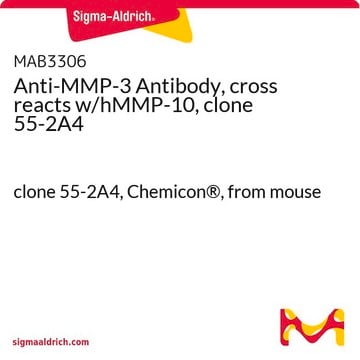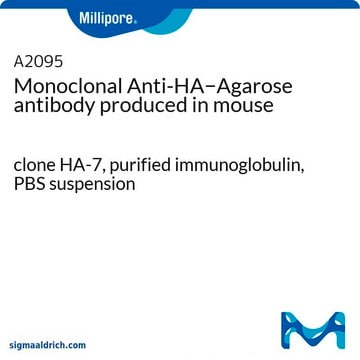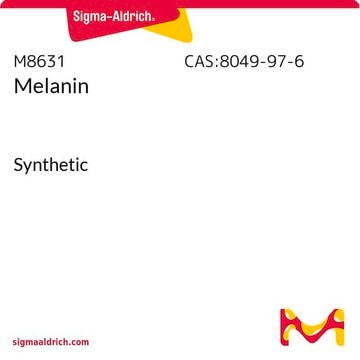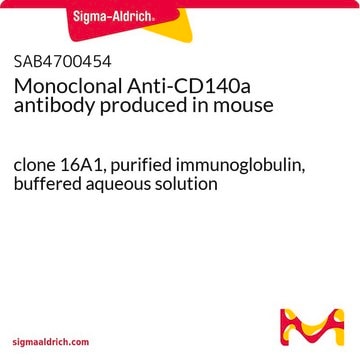MAB3786
Anti-APC Antibody, CT, clone C-APC 28.9
clone C-APC 28.9, Chemicon®, from mouse
Sinonimo/i:
Adenomatous Polyposis Coli Protein
About This Item
Prodotti consigliati
Origine biologica
mouse
Livello qualitativo
Forma dell’anticorpo
purified immunoglobulin
Tipo di anticorpo
primary antibodies
Clone
C-APC 28.9, monoclonal
Reattività contro le specie
human, mouse
Confezionamento
antibody small pack of 25 μg
Produttore/marchio commerciale
Chemicon®
tecniche
immunofluorescence: suitable
immunohistochemistry: suitable
immunoprecipitation (IP): suitable
western blot: suitable
Isotipo
IgG1κ
N° accesso NCBI
N° accesso UniProt
Condizioni di spedizione
ambient
Temperatura di conservazione
2-8°C
modifica post-traduzionali bersaglio
unmodified
Informazioni sul gene
human ... APC(324)
mouse ... Apc(11789)
Descrizione generale
Specificità
Immunogeno
Applicazioni
Epigenetics & Nuclear Function
Cell Cycle, DNA Replication & Repair
Immunohistochemistry (Frozen sections)
Immunofluorescence
Immunoprecipitation
Optimal working dilutions must be determined by end user.
Qualità
Stato fisico
Stoccaggio e stabilità
Risultati analitici
POSITIVE CONTROL: colon cell line HCT116
Altre note
Note legali
Esclusione di responsabilità
Non trovi il prodotto giusto?
Prova il nostro Motore di ricerca dei prodotti.
Codice della classe di stoccaggio
12 - Non Combustible Liquids
Classe di pericolosità dell'acqua (WGK)
WGK 2
Punto d’infiammabilità (°F)
Not applicable
Punto d’infiammabilità (°C)
Not applicable
Certificati d'analisi (COA)
Cerca il Certificati d'analisi (COA) digitando il numero di lotto/batch corrispondente. I numeri di lotto o di batch sono stampati sull'etichetta dei prodotti dopo la parola ‘Lotto’ o ‘Batch’.
Possiedi già questo prodotto?
I documenti relativi ai prodotti acquistati recentemente sono disponibili nell’Archivio dei documenti.
Active Filters
Il team dei nostri ricercatori vanta grande esperienza in tutte le aree della ricerca quali Life Science, scienza dei materiali, sintesi chimica, cromatografia, discipline analitiche, ecc..
Contatta l'Assistenza Tecnica.








